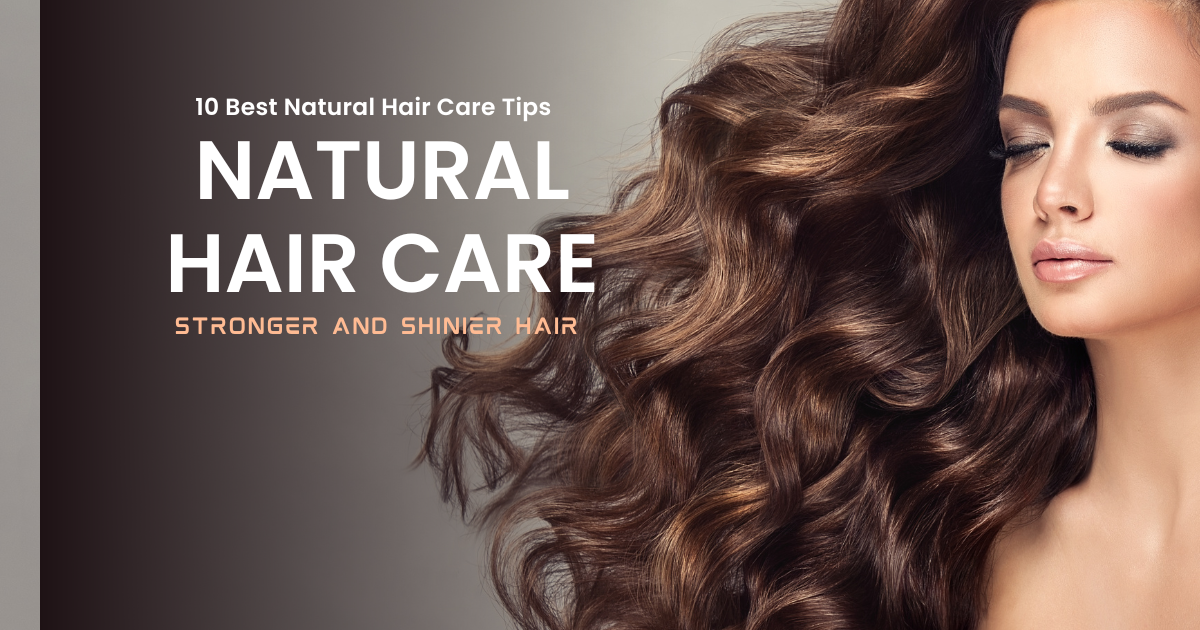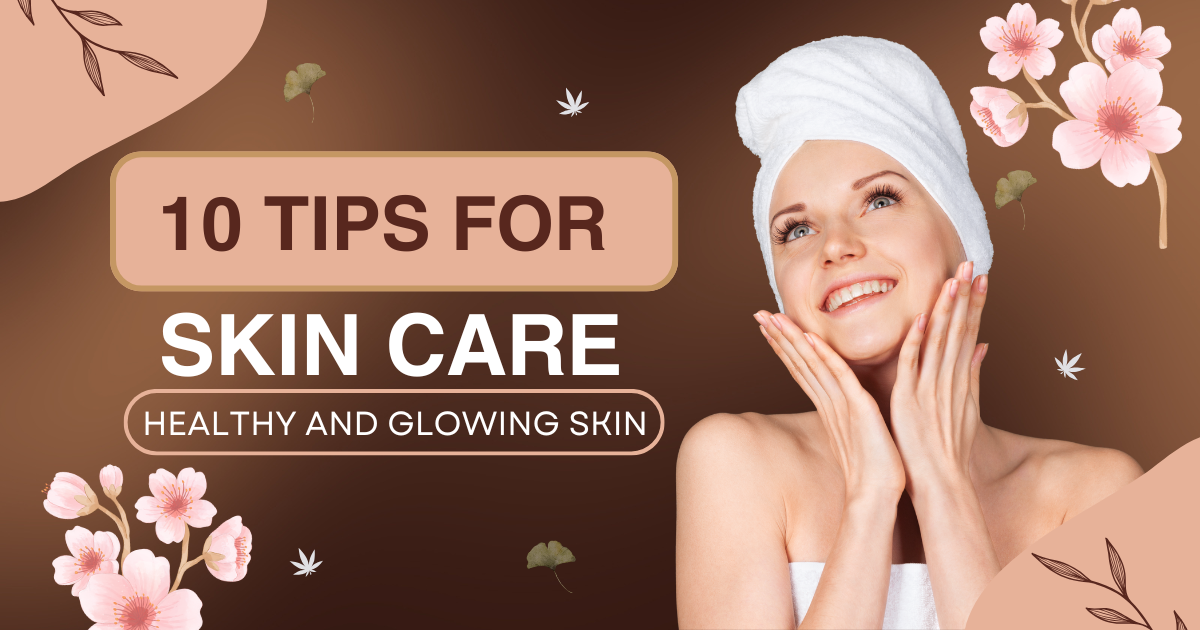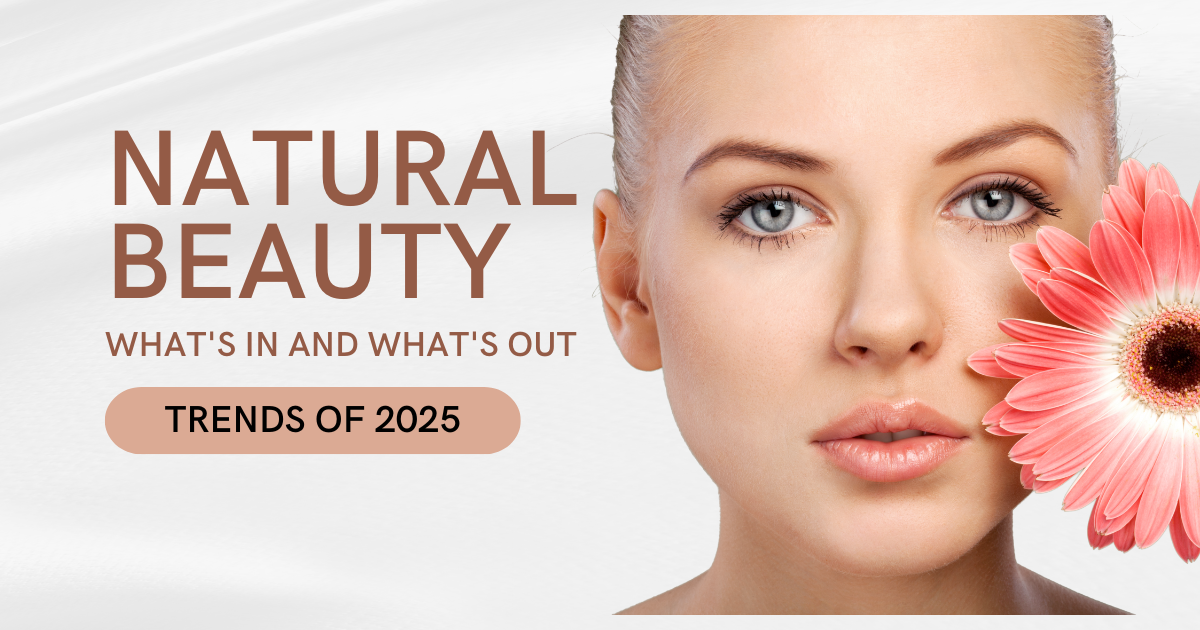Hair is regarded as one of our crowning glories, and healthy, shiny hair is a mark of beauty and health. But as you’re more exposed to pollution, heat styling, and harsh chemicals, keeping your hair’s natural health intact can seem like a battle. The good news? With natural hair care, you can revitalize and augment your tresses. In this article, we shall share with you 10+ expert tips for healthy hair that will make your hair stronger and shinier without planning to lose its fluff.
1. Understand Your Hair Type
The type of hair you have dictates how it reacts to products and treatments. Knowing whether what you’re working with is straight, wavy, curly, or coily—along with its porosity level—can guide you in determining the best care regimen. “Low-porosity hair stores moisture differently than high-porosity hair, so adjusting your methods is important.
- Hair Textures: Straight, wavy, curly, coyly.
- Porosity Levels: Low, medium, high.
- Tip: Perform a strand test to determine your hair’s porosity.
2. Pre-Shampoo Treatments
Pre-shampoo treatments, better known as pre-poos, are a great way to prep your hair before shampooing it. They help prevent moisture from escaping, detangle strands, and provide nutrients before a wash. Pre-pooing hair is particularly beneficial for damaged or dry hair.
- Ingredients to Use: Coconut oil, Argan oil, Aloe vera gel
- How to Use: Rub into dry hair, concentrating on the ends. Leave it for 20-30 minutes, and then rinse.
3. Choose the Right Shampoo and Conditioner
Choosing the right products for your hair type and avoiding harsh chemicals are the building blocks of a solid hair care routine. Sulfate- and paraben-free shampoos and conditioners are gentler on your hair and scalp.
- Natural Cleansers: Soap nuts, aloe vera, or tea tree oil.
- Tips for Use: Wash your hair 2-3 times a week to retain natural oils.
- Pro Tip: Look for pH-balanced products to maintain scalp health.
4. Incorporate Regular Scalp Massages
A healthy scalp translates into healthy hair. Massage Your Scalp Regularly Regular scalp massages have been known to improve blood circulation to hair follicles, which helps promote hair growth and overall health of the scalp. Adding essential oils can boost these effects.
- Best Oils for Scalp Massages: Castor oil, peppermint oil, and jojoba oil.
- Technique: Use fingertips to massage gently in circular motions for 5-10 minutes daily.
- Bonus: Scalp massages also reduce stress.
5. Limit the Use of Chemical Treatments
The natural structure of your hair can be broken down by chemical treatments like relaxing, perming, and bleaching. Over time, they lead to dryness, breakage, and split ends. Making the switch to natural alternatives can not only shave time off of your routine but also give you the look you want while protecting your hair.
- Natural Styling Options: Henna is used for coloring, and flaxseed gel is used for styling.
- Transition Tips: Gradually reduce chemical usage and incorporate moisturizing treatments.
6. Hair Mask Treatments for Deep Conditioning
Deep conditioning treatments provide moisture and help repair damage. Hair masks are a great way to feed your hair and get it healthy from root to end.
DIY Recipes:
- For Hydration: Avocado and olive oil.
- For Shine: Banana and honey.
- For Strength: Egg and yogurt.
How to Apply: Apply to damp hair, place a shower cap on top , and leave on for 20-30 minutes before rinsing.
7. Protect Hair from Environmental Damage
Long-term damage to your tresses can also come from environmental stressors like pollution, UV rays, and humidity. Some preventative measures can help protect your tresses from these adverse effects.
- Protective Measures: Wear hats or scarves when outdoors.
- Natural Remedies: Use aloe vera gel or leave-in conditioners with UV protection.
8. Rinse with Cool or Lukewarm Water
Hot water can decrease hair’s natural oils, leading to dryness and damage. Rinsing the hair with cool or lukewarm water helps seal the hair cuticle, retaining moisture and giving it shine.
- Pro Tip: Use herbal rinses such as a cup of green tea or rosemary for extra shine and less buildup.
9. Detangle with Care
Detangling your hair in the wrong manner can lead to excess breakage and split ends. Expert advice is just what you need to keep your hair strong and healthy—gentle and with the right tools.
- Best Tools: Wide-tooth comb or detangling brush.
- Tips: Detangle damp hair with a leave-in conditioner to minimize damage.
10. Invest in Protective Hairstyles
Protective hairstyles preserve length, minimize manipulation, and reduce the chances of breakage. They are especially good for curly and oily hair types.
- Examples: Braids, buns, twists, or wraps.
- Avoid Tight Styles: Too much tension can cause traction alopecia.
Bonus Some Hair Care Tips
Use Natural Oils for Hair Health
They are natural oils that nourish hair and scalp, promote growth, and add shine. They can also be used as treatments or daily moisturizers.
Best Oils:
- Growth: Castor oil.
- Shine: Argan oil.
- Moisture: Jojoba oil.
Application Tips: Apply oils to damp hair to lock in moisture.
Embrace the Power of Herbal Hair Care
Herbs have been trusted for their ability to enhance hair for centuries. Using herbs and herbal treatment to enhance your hair is also a natural way.
- Popular Herbs: Amla, shikakai, neem.
- Usage: Create herbal pastes or use teas as rinses or hair masks.
Stay Hydrated and Eat a Hair-Friendly Diet
I literally put what you eat and drink very much affects the health of your hair. A good diet with vitamins, minerals, and protein strengthens hair from inside.
- Hair-Boosting Foods: Spinach, eggs, salmon, nuts.
- Hydration: To preserve hair’s natural moisture content, consume eight glasses of water or more each day.
Reduce Hair Frizz Naturally
Frizz can cause hair to appear ungovernable. This brings shine and manageability; special massage methods and remedies from nature can tame frizziness and allow and rejuvenate the hair.
- Best Remedies: Aloe vera gel, shea butter, and apple cider vinegar rinses.
- Night Routine: Use a silk or satin pillowcase to reduce friction while you sleep.
Perform Regular Protein Treatments
Protein is essential for both repairing damaged hair and enhancing its elasticity. Routine treatments can also fortify weak strands and minimize breakage.
- DIY Recipes: Use eggs, yogurt, or keratin-rich products for natural protein boosts.
- Frequency: Once a month is sufficient for most hair types.
Experiment with Hair Rinses for Shine
A rinse with natural ingredients can give shine and texture. Herbal and nutrient-dense rinses are simple to make and apply.
- Top Rinses: Rice water, apple cider vinegar, and green tea.
- Preparation: Steep ingredients in water, cool, and pour over hair after washing.
Conclusion
This is a more detailed look at Natural Hair Care: a path to healthier, stronger, and glossier hair. With these tips and perseverance, you can revamp your mane without using nasty chemicals. Share your natural hair care practices in the comments, and let’s create a community of healthy hair lovers!
FAQs
1. How long does it take to see results with natural hair care?
Routines and consistency greatly impact results, but significant improvement can be seen within 4-6 weeks.
2. Are natural products safe to use on all hair types?
Yes, though only products are designed with your hair’s needs in mind.
3. Can I repair the damage from chemical treatments?
Some damage is permanent with hair, but consistent care can make hair significantly healthier.
4. Can we apply oil on hair daily?
It really depends on the state of your specific hair and scalp. Fine-textured hair can often go longer between oilings.
5. How do you make hair look fuller naturally?
Add in scalp massages, volumizing hair masks, and a balanced diet.





